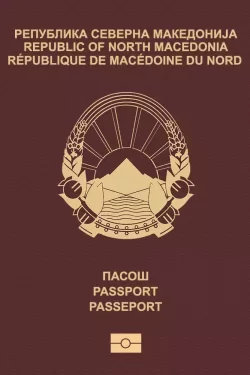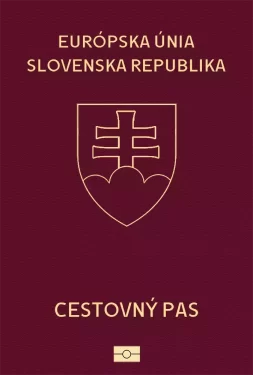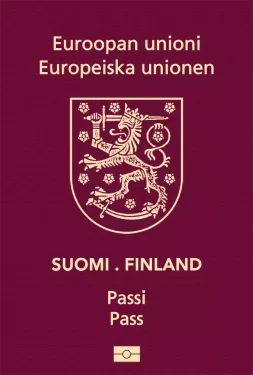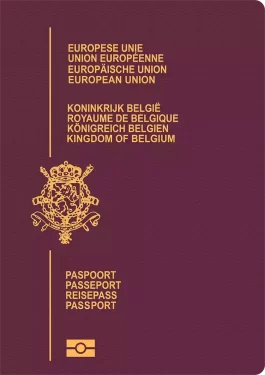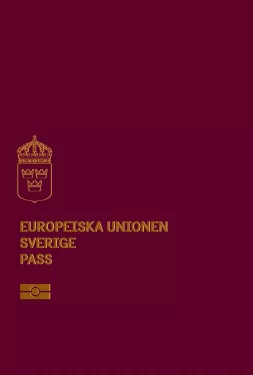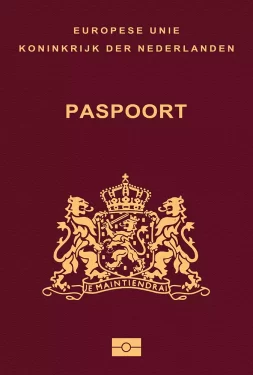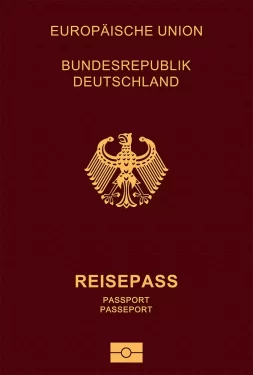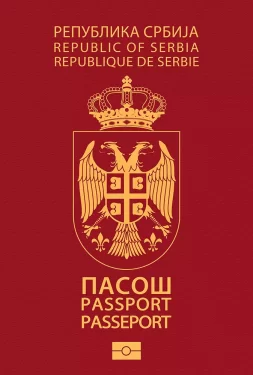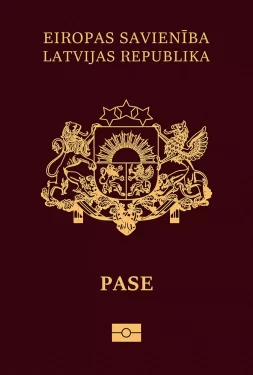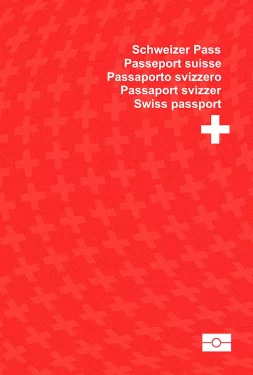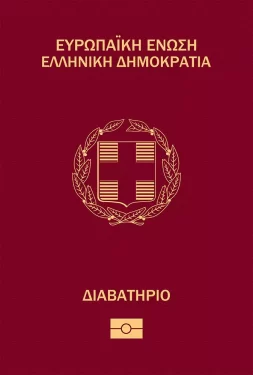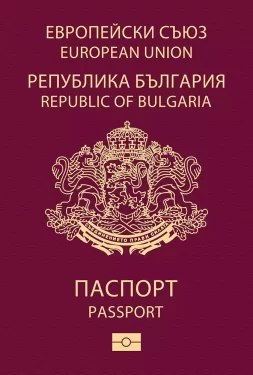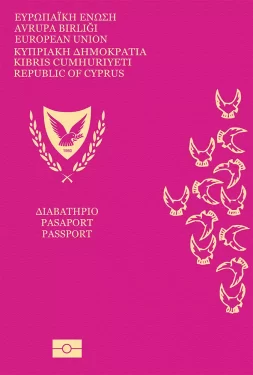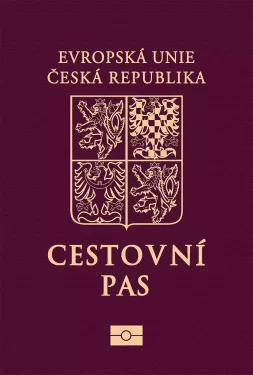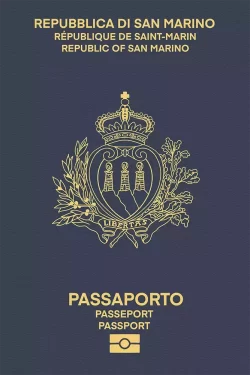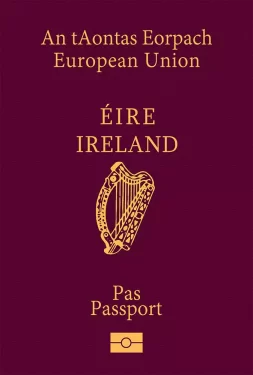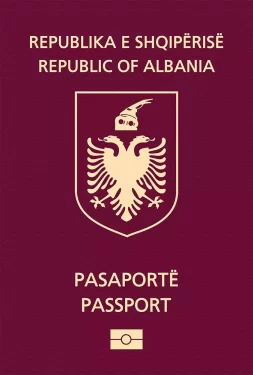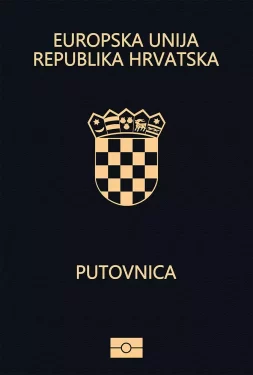
Lithuania
Lithuania passport ranking
The Lithuanian passport is currently ranked 11th place on the Guide Passport Index. It provides visa-free access to 184 countries. With a high mobility score it is one of the best ranking passports in the world. Lithuanian passport holders have visa-free access and visas on arrival to countries such as the United Kingdom, United Arab Emirates, Japan and the entire European Union. This allows almost instant travel opportunities worldwide. Lithuanian passport holders do however require a visa to enter about 45 destinations in the world. Some countries where a visa is required are China, India and Australia.
Lithuania Passport Ranking
The Lithuania passport ranking relative to other global passports is calculated by adding up the number of countries that allow Lithuania passport holders to enter without a visa (i.e. visa-free countries) and those that allow Lithuania passport holders to enter by obtaining a visa on arrival (i.e. visa-on-arrival countries) or an electronic travel authorization (eTA). There are currently a total of 141 Lithuania passport visa-free countries, 31 Lithuania visa-on-arrival countries, and 12 eTA destinations.
Altogether, Lithuania passport holders can enter a total of 184 destinations—either without a visa, through a visa on arrival, or via an eTA. As a result, the Lithuania passport ranks 11 in the world.
Separate from these Lithuania visa-free countries and visa-on-arrival countries, there are 45 additional destinations which Lithuania passport holders either need a physical visa to enter or an eVisa (i.e. visa required countries).
About Lithuania
The Republic of Lithuania consists of 10 counties and is part of the European Union. The most important counties are Vilnius, Kaunas and Klaipėda. The nation is one of the Baltic States bordering Russia, Poland, Belarus and Latvia. Lithuania is the 24th largest country in Europe with a surface area of 65,300 square kilometers. Its climate is transitional between maritime and continental with moderate winters and cool summers. The terrain consists of low plains only.
The overall population is over 2.8 million people, making it one of the least populous countries in the European Union. The capital of the country is Vilnius, which is also the most populated city with around 587,581 inhabitants. Other important cities are Kaunas and Klaipėda. The largest airport is Vilnius Airport (VNO) with 5 million annual passengers. It covers domestic and international routes connecting Lithuania to Europe and Africa.
Lithuanian culture is a blend of Nordic, Slavic, Germanic and European aspects influenced by Polish traditions. The vast majority of the population follows the Roman Catholic belief. The official language is Lithuanian. The legal system is based on the civil law. The government type is a semi-presidential republic. The chief of state is the elect President Gitanas Nauseda and the head of government is the elected Prime Minister Ingrida Šimonytė.
The official currency of the country is the Euro (EUR) with the current exchange rate being EUR 0.93 to the USD. The country has an open economy, generating a GDP of approximately $107 billion, which puts it on the 31st spot in Europe. Its citizens have a per capita income of $38,605. The GDP is mostly made up of 2 key sectors, which are services and industry. Some of the most important export goods are electric motors, televisions, refrigerators, furniture, textiles, grain, potatoes and sugar beets. The nation has been one of the strongest growing economies in Europe during the past years.
Lithuania has a variety of urban and natural historic tourism destinations. It attracts tourists for its unique culture and mix of Baltic heritages. There are 4 UNESCO world heritage sites scattered around the country. Some of the main destinations include the capital Vilnius, Trakai, the Devil’s Museum, St. Anne’s Church, Grutas Park, the Genocide Vicitm Museum and the Aukstaitija National Museum. The country has a total of approximately 3.6 million tourists visiting every year with the majority originating from Europe and its surrounding countries.
